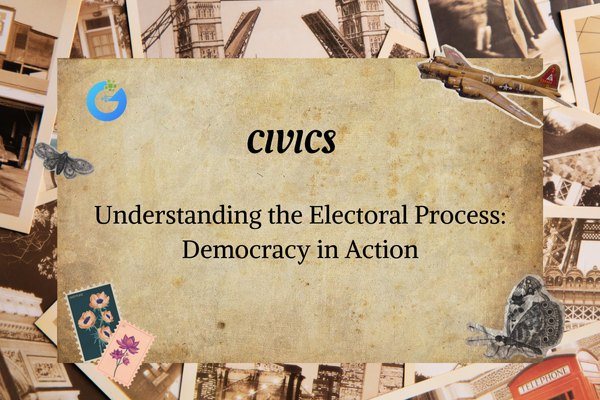Introduction
Have you ever lit a candle and watched the flame dance in the air? Or seen a campfire burning brightly under the stars? These everyday scenes are examples of combustion and flame in action! Combustion is the chemical process of burning, and a flame is the visible part of this fiery reaction. It powers our vehicles, cooks our food, and even keeps us warm. Let’s dive into the amazing world of combustion and flames to understand how they work!
expert-led Chemistry classes – visit our website to learn more
What is Combustion?
Combustion is a chemical reaction where a substance reacts quickly with oxygen and releases energy in the form of heat and often light. It usually produces flame and involves the breaking and making of chemical bonds.
Definition:
Combustion is the rapid chemical combination of a substance with oxygen to release heat and light.
Conditions Necessary for Combustion
For combustion to take place, three things must be present:
- Fuel: A material that can burn (like wood, petrol, gas).
- Oxygen: Usually from the air, needed to support burning.
- Heat (Ignition Temperature): The minimum temperature at which a substance catches fire.
This is often called the “Fire Triangle.”
Types of Combustion
There are different types of combustion based on how the burning occurs:
Rapid Combustion
In this type, a substance burns quickly, producing heat and light in a short time.
Example: Lighting a gas stove.
Spontaneous Combustion
Sometimes, substances catch fire on their own without any external flame because they reach their ignition temperature naturally.
Example: Phosphorus catching fire in air.
Explosion
This is a very rapid combustion with the release of a large amount of heat, light, and sound. Explosions occur in fireworks and bombs.
Example: Fireworks bursting in the sky.
What is a Flame?
A flame is the visible part of the burning process. It is caused by the burning of gaseous substances that are produced during combustion. Flames vary in color, shape, and size depending on the substance being burned and the conditions.
Structure of a Flame
A flame has three main zones:
- Outer Zone: Complete combustion happens here; it is blue and the hottest part.
- Middle Zone: Partial combustion; appears yellow and moderately hot.
- Inner Zone: Least hot; unburnt wax vapors are present.
Different Colors of Flames
The color of a flame can tell us a lot about the burning substance:
- Blue Flame: Complete combustion (e.g., gas stove).
- Yellow Flame: Incomplete combustion (e.g., candle).
- Orange/Red Flame: Lower temperature burning.
Fuel and Combustion
Different fuels are used depending on the need:
| Fuel | Use |
| Wood | Cooking, heating |
| LPG (Liquefied Petroleum Gas) | Home cooking |
| Petrol | Vehicles |
| Kerosene | Lamps, stoves |
Good fuels are efficient, easy to store, produce less smoke, and are affordable.
Harmful Effects of Combustion
While combustion gives us energy, it also causes:
- Air Pollution: Release of harmful gases like carbon monoxide and nitrogen oxides.
- Global Warming: Due to carbon dioxide emissions.
- Health Problems: Breathing issues from smoke and toxic gases.
How to Control Fire
Fire can be controlled by removing one or more elements of the fire triangle:
- Removing Fuel: Clearing dry leaves in forests.
- Removing Oxygen: Using fire blankets or foam extinguishers.
- Removing Heat: Using water to cool down burning materials.
Types of Fire Extinguishers
| Type | Used For |
| Water Extinguisher | Wood, paper fires |
| Foam Extinguisher | Oil, petrol fires |
| Carbon Dioxide Extinguisher | Electrical fires |
| Dry Chemical Extinguisher | All types of fires |
Interesting Facts About Combustion and Flames
- Spacecrafts need special fuels because there is no oxygen in space!
- The blue part of a flame is actually hotter than the yellow part.
- Spontaneous forest fires can start from a simple lightning strike.
FAQs
What is needed for combustion to happen?
Fuel, oxygen, and heat.
Why is the outer zone of a flame the hottest?
Because complete combustion occurs there.
Why should petrol be handled carefully?
It has a low ignition temperature and catches fire easily.
Can we see combustion without a flame?
Yes, in some slow reactions like rusting.
What is the safest way to extinguish an electrical fire?
Use a carbon dioxide extinguisher.
Why is LPG a good fuel?
It burns easily, produces a lot of heat, and leaves no smoke.
Conclusion
Combustion and flames are essential for modern life, from cooking our meals to running powerful engines. Understanding how fire works helps us use it wisely and safely. By choosing the right fuels, using fire extinguishers correctly, and reducing pollution from burning, we can enjoy the benefits of combustion without harming ourselves or the planet. Fire, when respected and managed, is one of humanity’s greatest tools!








